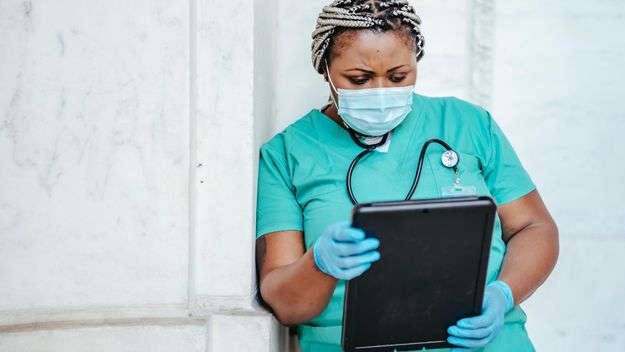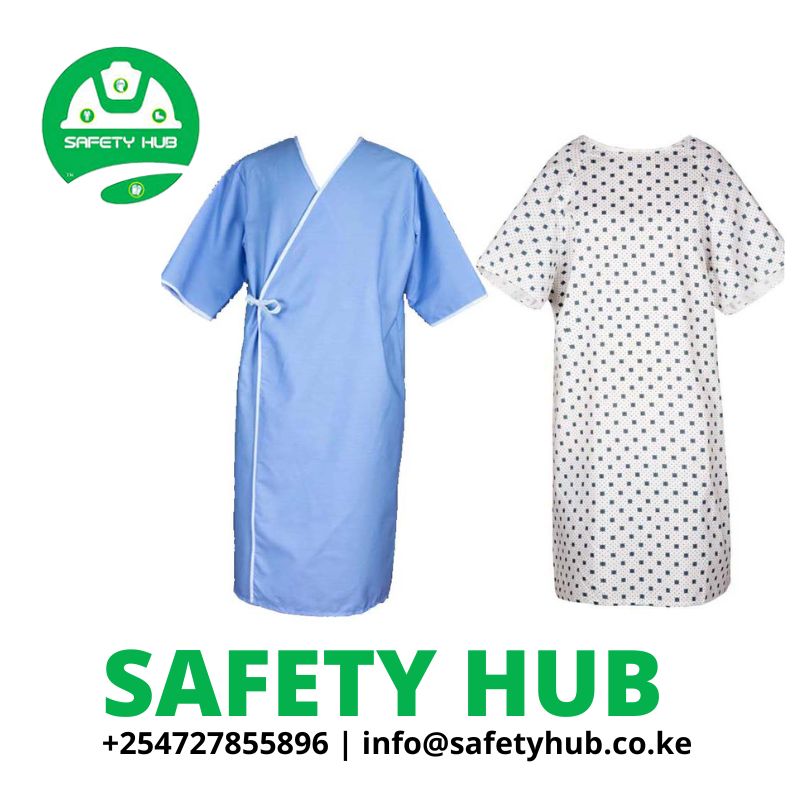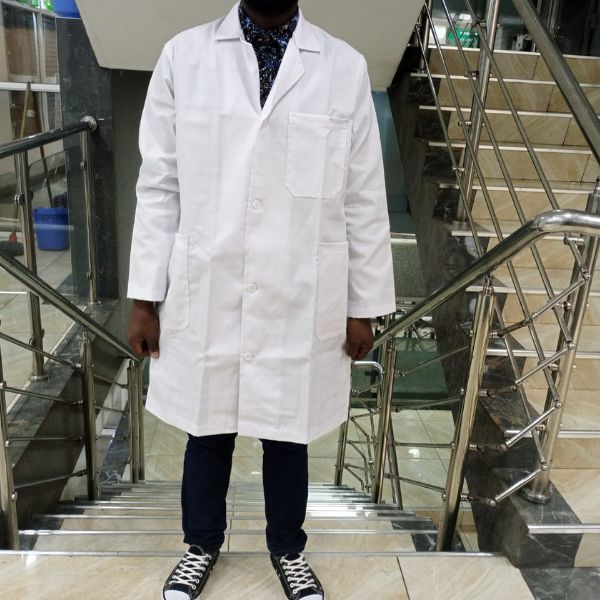- Empty cart.
- Continue Shopping
Best Nurse Personal Protective Equipment

According to the Occupational Safety and Health Administration (OSHA), Personal Protective Equipment (PPE) in the healthcare setting is defined as “specialized clothing or equipment worn by an employee for protection” against infectious materials.
They cover the clothing and skin completely protecting the front-line workers from illnesses, injury, or infection when caring for patients. They include gloves, face shields respirators, etc.
Things to consider in selecting the most appropriate PPE
- Identifying the type of clinical interventions that may be needed
- Consider if there are any actual or suspected infectious agents
- Understand the various modes of transmission
- Perform a risk assessment of the anticipated exposure to blood, body fluids, and pathogens transmitted by respiratory droplets
Types of Nurse Personal Protective Equipment
Eye Protection
Health practitioners are exposed to blood and other bodily fluids making eye protection crucial. Other infections can also enter the body through mucus membranes including those in the eyes.
When selecting the eye protection PPE, consider:
- The durability and appropriateness of the PPE for the task
- Type of anticipated exposure
- Fit
They include;
Safety goggles with prescription lenses
These safety goggles available at our website offering all-around protection to your eyes. They are large and fit over your areas and offer full eye protection from airborne pathogens, splashes, spills, and flying objects. They are anti-fog coated and prescription lens availability
- Masks
Masks offer protection to the nose and mouth from bacteria and viruses. A variety of types of masks are available that offer different levels of protection, including cloth, N95, and surgical masks. N95 and surgical masks are effective in protecting nurses when they are caring for patients who might be infected
- Disposable surgical mask
They are designed to contain and filter droplets of microorganisms expelled from the mouth and nasopharynx of healthcare workers during surgery, thereby protecting the patient. They are made of three layers, that is, the inner layer of absorbent material made of cotton, a middle layer of non-woven, non-absorbent material, and the outer layer of a non-absorbent material such as polyester.
Gloves are used to protect nurses from contaminated surfaces or infectious patients. Before purchasing the gloves, consider the following factors;
- The glove material
- The glove sizes
- Glove compatibility with the procedure
- Glove strength and thickness
- Glove standard specification
- Double-gloving
They include:
Surgical gloves
These are PPEs used to protect the wearer from the spreading of infection or illness during medical procedures and examinations. They include the;
They are made of synthetic rubber made of butadiene and acrylonitrile. It’s resistant to temperature changes, durability, puncture resistance, and strength. The nitrile gloves compared to vinyl gloves are more chemically and puncture resistant and can be stored more efficiently as they last longer.
- Protective clothing
The protective clothing shield skin and clothing from exposure to bodily fluids. They include;
Medical scrubs
Medical scrubs are sanitary clothing worn by physicians, nurses, dentists, and other workers involved in patient care.
They are easy to wash and keep clean as cleanliness is essential when working in a healthcare environment.
They also allow for easy identification of medical staff in any environment. The scrub protects the users from getting infections as they are made from antimicrobial material. The scrub should be worn with a well-fitted top so that it doesn’t show from underneath the scrub top for professionalism.
The under top should also be not too bright in color to avoid clashing with the scrub top.
Surgical Gowns

These gowns are used to protect the wearer from the spread of microorganisms in case the wearer comes into contact with potentially infectious substances. It also helps protect the wearer from transferring microorganisms to vulnerable patients.
Lab coats

Lab coats provide an extra layer from germs. it protects the nurse from splashes and other gross contamination. The coat is designed in a way that is long-sleeved in arm and body length for maximum protection. They are made out of cotton and are easy to clean.
Shoe covers
The medical shoe covers are at times called booties. They are designed to be worn over shoes. Doctors, nurses, and surgeons wear them in the operating room and other hospital areas where they’re trying to reduce the spread of pathogens and protect the health of both themselves and their patients.
While using the shoe covers, always ensure that all areas of the foot are covered and the boot or shoe covers are snugs over your ankle and calf. If your boot covers have a strap, wrap the strap around for a comfortable fit. Try not to touch the floor or other areas with your hands while putting the shoe covers on.
Medical shoe clocks
The medical shoe clocks are designed to have a soft- upper made of closed-cell form. They are designed so that they provide shock absorption and support to the feet despite them not having a sole. These features make crocs shoes ideal for people whose job requires them to do lots of walking. They are designed to give comfort since the sole is thin and lightweight and is made of rubber giving the shoe a lot of elasticity. The rubber also breathes through the holes enabling air flow from the foot. Medical clocs are easy to slip into and out off with no fuss, which made them an excellent choice when it came to hospital uniforms. The crocs are also very affordable depending on the model you choose.
Conclusion
In conclusion, your safety should come first and Safety Hub Ltd is here for you. Contact us and get advice on the right equipment, the right footwear, and the right workers’ clothing suitable for you. Visit our online store at https://www.safety-hub-ltd-fc7f22.ingress-alpha.ewp.live or email us at info@safety-hub-ltd-fc7f22.ingress-alpha.ewp.live. Your safety is our concern.






